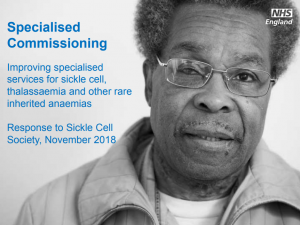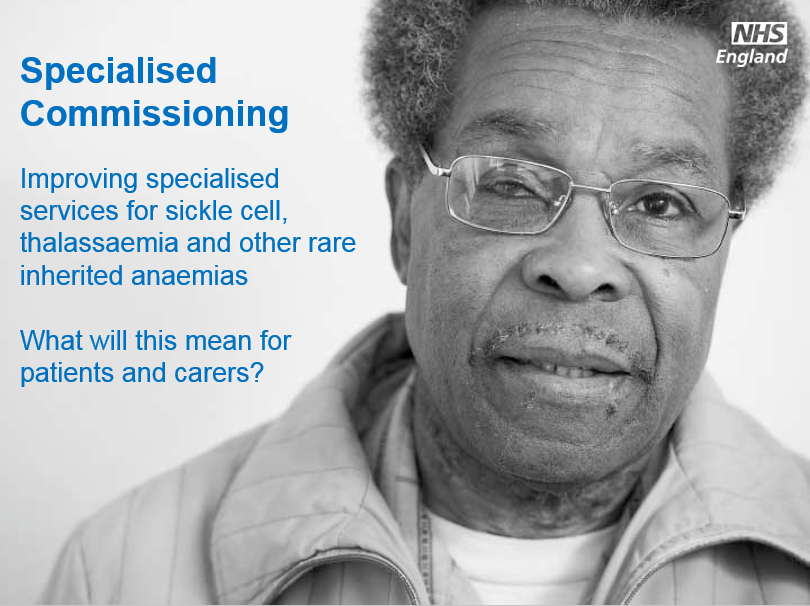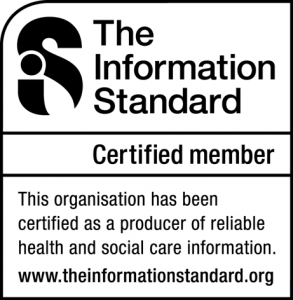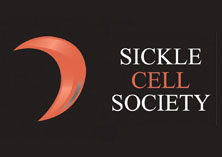
- Information and Support
- About Sickle Cell and Trait
- CAMPAIGNING
- Blood Donation
- Children’s Activities
- Clinical Trials and Research
- Coronavirus (COVID-19)
- Parvo Virus and Sickle Cell
- Hackney Engagement Project
- Helpline
- Heritage Project
- Mentoring
- Resources
- Screening Programme
- Self Over Sickle
- Support Groups and Local Services
- About Us
- Get Involved
- News & Contact
- Help and Advice
- DONATE NOW
Sickle Cell Service Review
Home » Sickle Cell Service Review
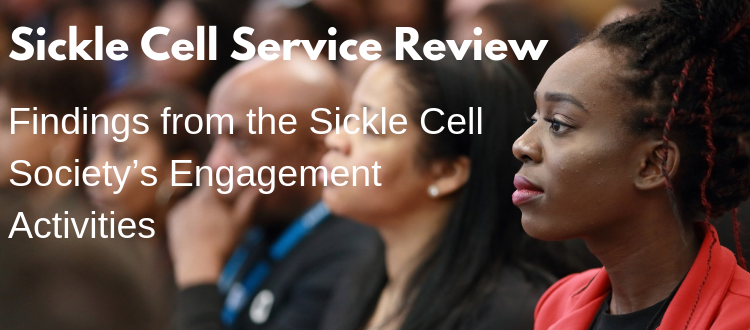
Haemoglobinopathies Coordinating Centres (HCCs)
As you may remember as part of the Sickle Cell Service Review (Haemoglobinopathy Service Review) part of the proposed changes were the introduction of Haemoglobinopathies Coordinating Centres (HCCs).
HCCs are responsible for coordinating, supporting and promoting a system-wide networked approach to the delivery of haemoglobinopathy services. HCCs aim to support hospitals in their area who have less expertise in these conditions, to make sure all patients have access to specialist advice when needed. This will involve offering training and advice to less experienced hospitals.
Below is the full list of Sickle Cell Disease Haemoglobinopathies Coordinating Centres (HCCs):
- North West: Manchester University NHS Foundation Trust
- North East and Yorkshire: Sheffield Teaching Hospitals NHS Foundation Trust
- East Midlands: University Hospitals of Leicester NHS Trust
- West Midlands: *Birmingham Women’s and Children’s NHS Foundation Trust
- East London and Essex: Barts Health NHS Trust
- South East London and South East: King’s College Hospital NHS Foundation Trust
- West London: Imperial College Healthcare NHS Trust
- North Central London and East Anglia: University College London Hospitals NHS Foundation Trust
- Wessex and Thames Valley: Oxford University Hospitals NHS Foundation Trust
- South West: University Hospitals Bristol NHS Foundation Trust
*contract currently being finalised with Trust

You can see the full list of HHCs including sickle cell and thalassaemia, the National Haemoglobinopathy Panel (NHP), and Specialist Haemoglobinopathies Teams (SHTs) here: Specialised haemoglobinopathy services
Thank you to all those who participated in the Sickle Cell Service Review (a review of NHS England’s planned changes to short and long stay hospital admissions for people with SCD). We have presented the report to NHS England (NHSE) and they have responded. For the latest Sickle Cell Service Review Update from NHS England click here and to view NHS England’s response to our engagement click on the slide image or click here.
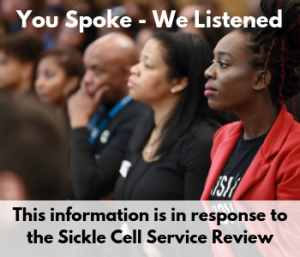
Service Review Logo
The Sickle Cell Society is dedicated to ensuring that service users get the information and support that they need. That’s why we have created this logo.
Keep an eye out for this logo on other parts of our website for information and projects which we are working on which relate to your feedback from the Sickle Cell Service Review.
We had great feedback through our survey, Facebook Live, at our AGM and at our Birmingham event and have created a report (which can be downloaded here). We have also created an infographic to summarise the report which you can see below.
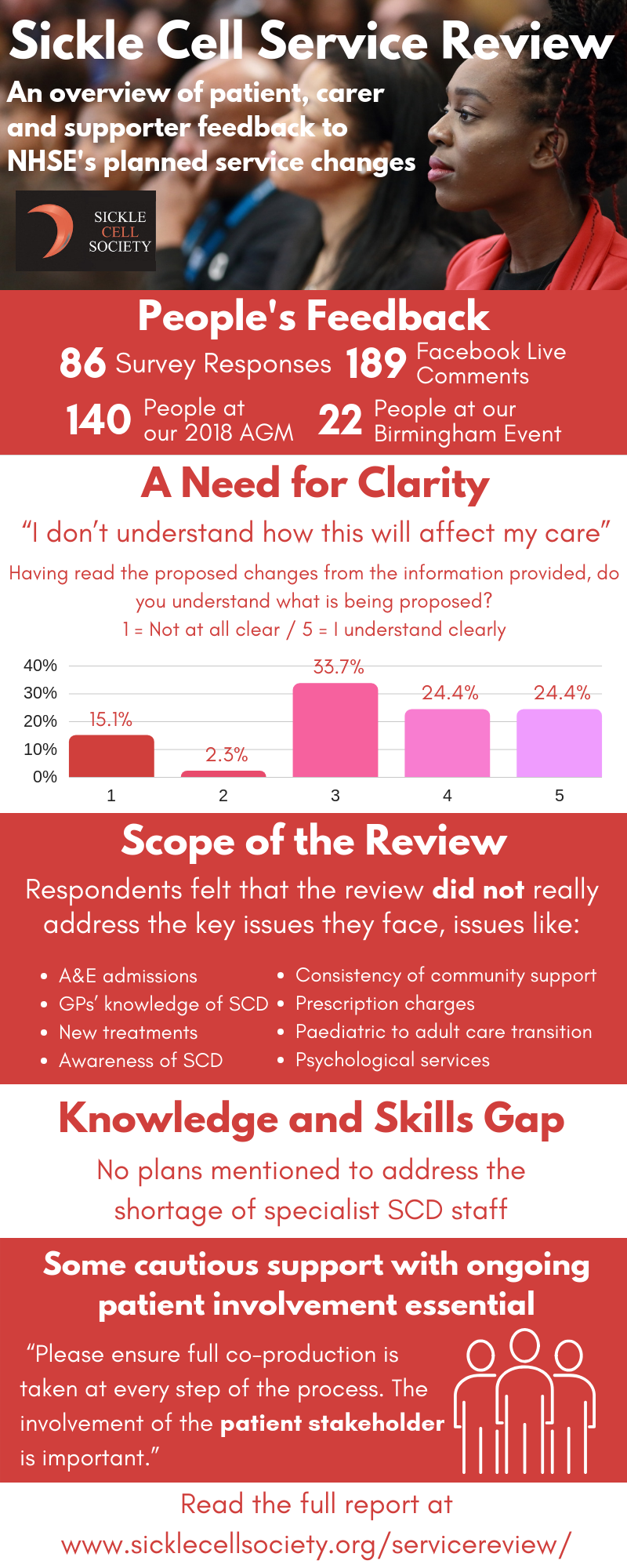
What are the planned changes?
Below is the document NHS England has produced to explain why they propose the changes, what the changes may look like, and the possible effect on patients. Click on the image to view the document (or click here).
